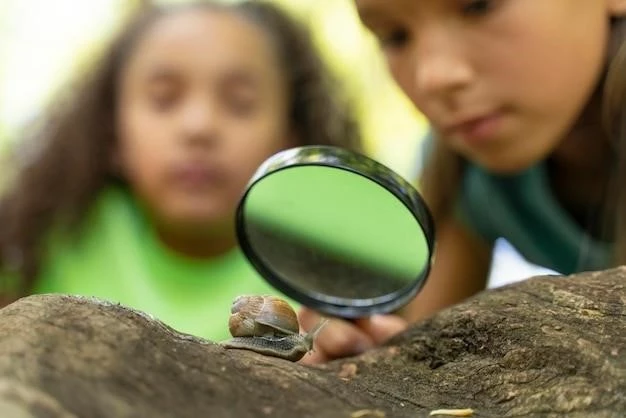The IUCN Red List of Threatened Species, often referred to as the IUCN Red List or Red Data Book, is a crucial tool for assessing the global conservation status and extinction risk of various species․ It is a comprehensive inventory that plays a vital role in guiding conservation efforts worldwide․ Established in 1964, the IUCN Red List employs a standardized system to categorize species based on their risk of extinction․ Among the categories, “Critically Endangered” signifies the most severe level of threat, indicating that a species faces an extremely high risk of extinction in the wild․

Criteria for Critically Endangered Classification
The IUCN Red List utilizes a set of criteria to classify species into different categories, including Critically Endangered․ These criteria are based on a combination of factors, including population size, geographic range, population decline, and threats to the species’ survival․ To be designated as Critically Endangered, a species must meet at least one of the following criteria:
- Criterion A: A reduction in population size of at least 90% over the last 10 years or three generations, whichever is longer․
- Criterion B: An estimated population size of less than 50 mature individuals, with a continuing decline in the number of mature individuals․
- Criterion C: A geographic range of less than 100 square kilometers, with at least 90% of the population confined to a single location․
- Criterion D: A severe fragmentation of the population, with less than 50 mature individuals in each subpopulation․
- Criterion E: A quantitative analysis indicating a very high risk of extinction in the wild, based on factors such as habitat loss, overexploitation, or climate change․

Importance of Critically Endangered Species
Critically Endangered species are of paramount importance for several reasons․ They represent a significant portion of Earth’s biodiversity, and their loss would have profound consequences for ecosystem function and stability․ These species often play crucial roles in pollination, seed dispersal, pest control, and other ecological processes․ Their decline can disrupt food webs, reduce ecosystem resilience, and ultimately lead to a loss of ecosystem services that benefit humanity․ Additionally, the extinction of Critically Endangered species represents a tragic loss of unique genetic diversity and evolutionary history․
Conservation Efforts
The IUCN Red List serves as a crucial tool for guiding conservation efforts, and the identification of Critically Endangered species highlights the urgency of protecting these vulnerable populations․ Conservation actions can range from habitat protection and restoration to captive breeding programs and species reintroduction initiatives․ By understanding the threats facing Critically Endangered species and implementing effective conservation strategies, we can work towards mitigating extinction risks and ensuring the survival of these vital components of our planet’s biodiversity․










